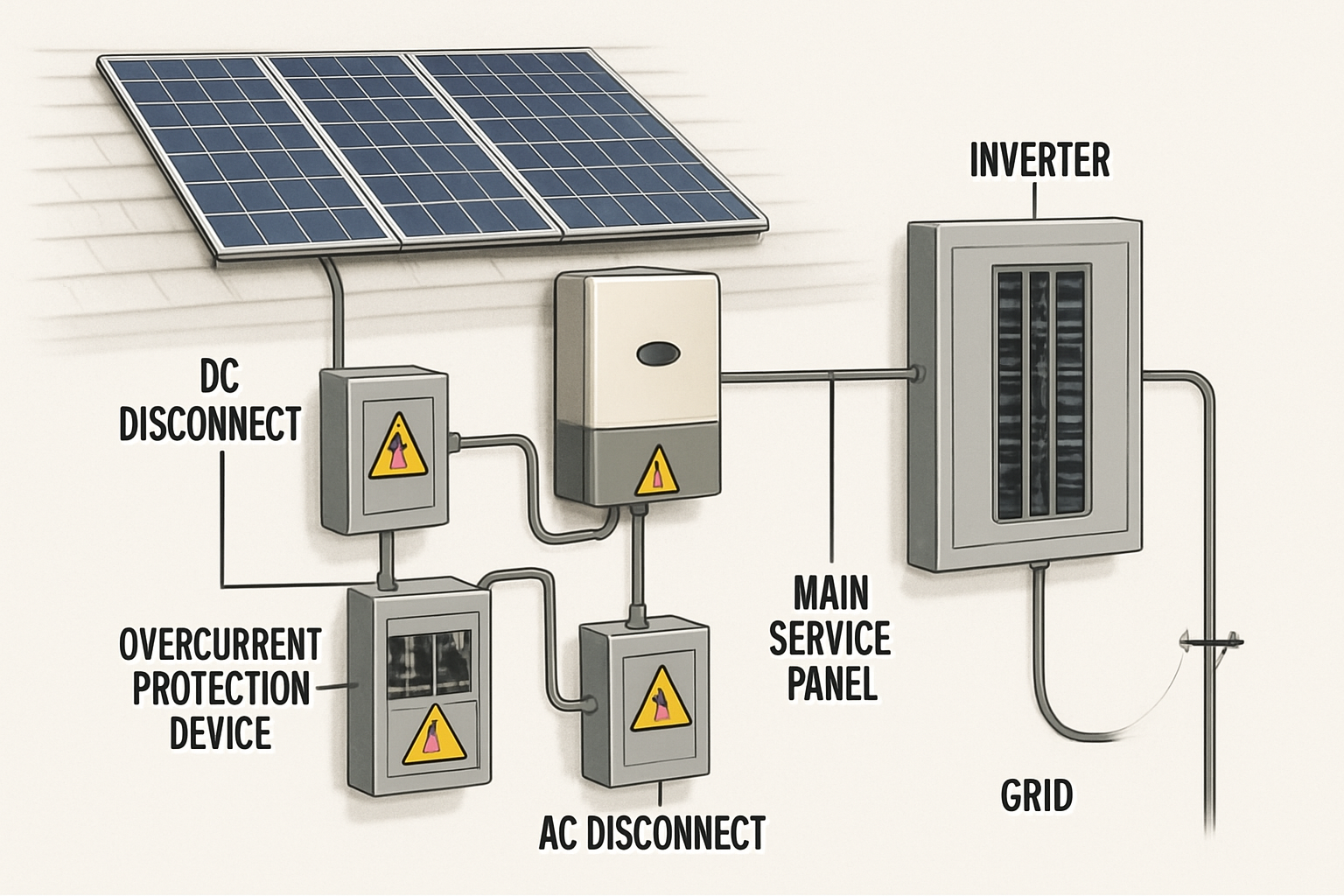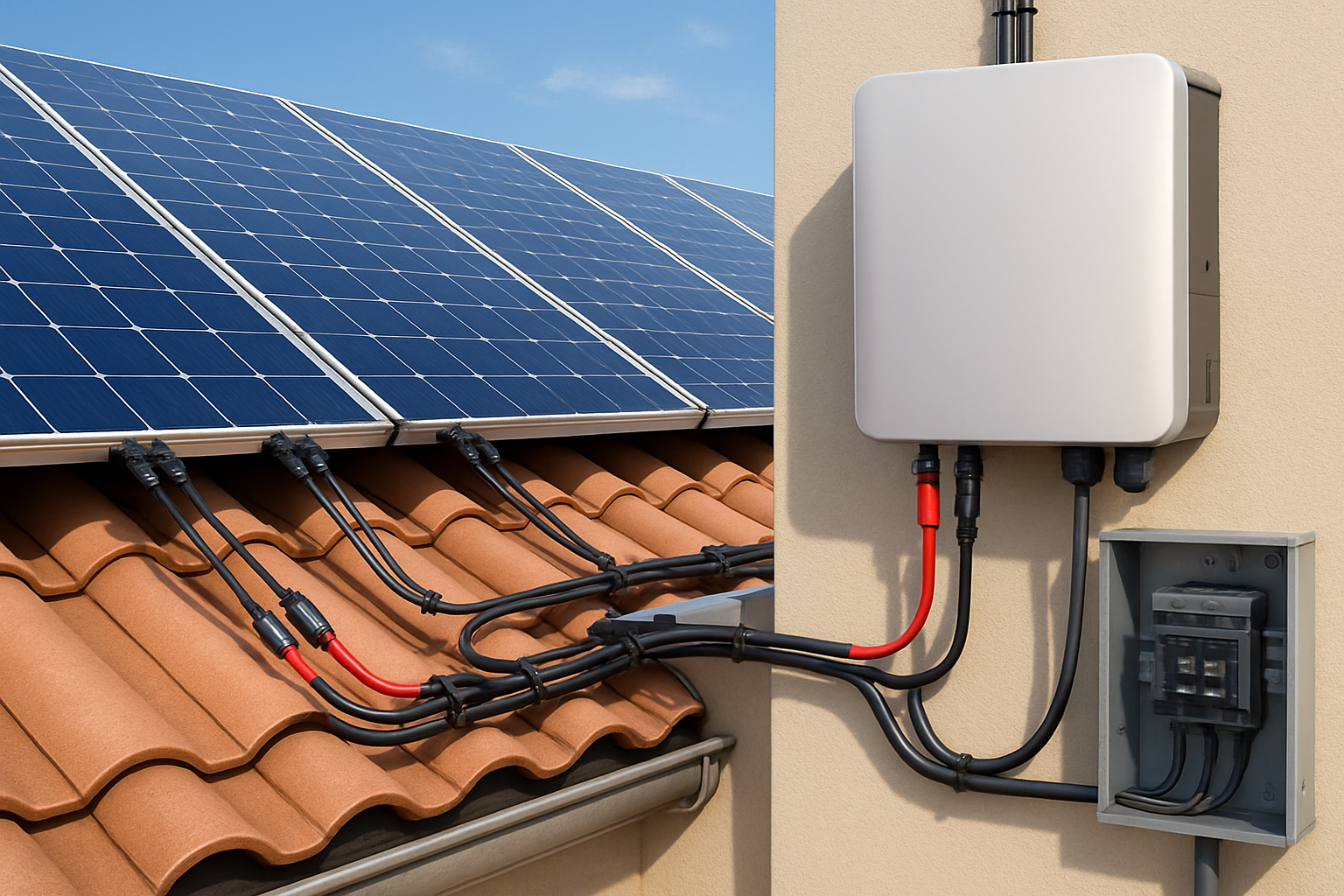In our analysis of distributed energy projects, the core of a system's financial performance lies in the precise sizing and pairing of its two most critical components: the solar array and the inverter. This is not a simple calculation but a techno-economic optimization exercise. Getting it right ensures maximum energy yield and a higher return on investment; getting it wrong leads to underperformance and stranded capital. This analysis breaks down the key principles, focusing on the critical relationship that dictates system performance: the Inverter Loading Ratio.
Prerequisite: The Data-Driven Load Profile
Before any component sizing can occur, a robust analysis of the target energy load is non-negotiable. This involves a detailed review of historical energy consumption (typically 12-24 months of utility bills) to establish a baseline load profile. Crucially, this model must also be forward-looking, accounting for predictable load growth from electrification trends like electric vehicle charging and the adoption of heat pumps. This data-driven forecast of demand is the foundation upon which the entire system is designed.
The Core Design Principle: Optimizing the Inverter Loading Ratio (ILR)
The most critical decision in modern solar design is the ratio of the solar array's DC power capacity to the inverter's AC power capacity. This is known as the Inverter Loading Ratio (ILR) or DC-to-AC ratio.
Historically, systems were designed with an ILR close to 1.0. However, as the solar market has matured, the economics have shifted. In our analysis, we see most new projects, from residential to utility-scale, being designed with an ILR between 1.15 and 1.4. This practice of "oversizing" the DC array relative to the inverter is a deliberate strategy to maximize the asset's financial return.
The Economic Rationale for a Higher ILR
A solar array rarely operates at its full nameplate capacity. Its output is reduced by real-world conditions like high temperatures, non-ideal sun angles in the morning and evening ("shoulder" periods), and cloud cover. An inverter is most efficient when operating near its maximum capacity. By oversizing the DC array, we force the inverter to run at or near its peak efficiency for a much larger portion of the day. This allows the system to harvest significantly more energy during the "shoulder" periods, which often outweighs the small amount of energy that is "clipped" or lost during the brief midday peak on the sunniest days of the year.
The Impact of Technology Choice on Sizing Strategy
The optimal ILR is also influenced by the choice of inverter technology. The decision between string inverters and Module-Level Power Electronics (MLPEs) like microinverters has direct performance and financial implications.
- String Inverters: A cost-effective solution for sites with uniform sun exposure. The entire array's performance is tied to the weakest panel, making them less suitable for complex or partially shaded roofs.
- Microinverters/Optimizers (MLPEs): These optimize power at the individual panel level. In our view, this technology significantly de-risks projects with shading challenges or multiple roof orientations, as it isolates underperforming panels without affecting the rest of the array. This resilience often justifies their higher upfront cost.
The choice of technology directly impacts the accuracy of the energy yield model and, therefore, the bankability of the project.
Market Trends Driving Sizing Strategies
The trend towards higher ILRs is being accelerated by shifts in the global supply chain. As the International Energy Agency (IEA) noted in its Renewables 2024 report, a massive increase in manufacturing capacity led to a sharp drop in solar PV module prices in 2023. From a project economics standpoint, this makes the DC side of the system (the panels) relatively cheaper. Developers can now cost-effectively add more panel capacity to maximize the output of the more expensive and long-lead-time assets: the inverter and the grid interconnection point.
Conclusion: Sizing as a Strategic Investment Decision
In conclusion, our analysis shows that "data-backed sizing" is a dynamic process of financial optimization. It requires a sophisticated understanding of not just the user's energy needs, but also of component performance, economic trade-offs, and broader market trends. By focusing on the techno-economic relationship between the solar array and the inverter—particularly the ILR—stakeholders can design resilient, high-performing systems that deliver maximum value over their 25-year lifespan.





Leave a comment
All comments are moderated before being published.
This site is protected by hCaptcha and the hCaptcha Privacy Policy and Terms of Service apply.